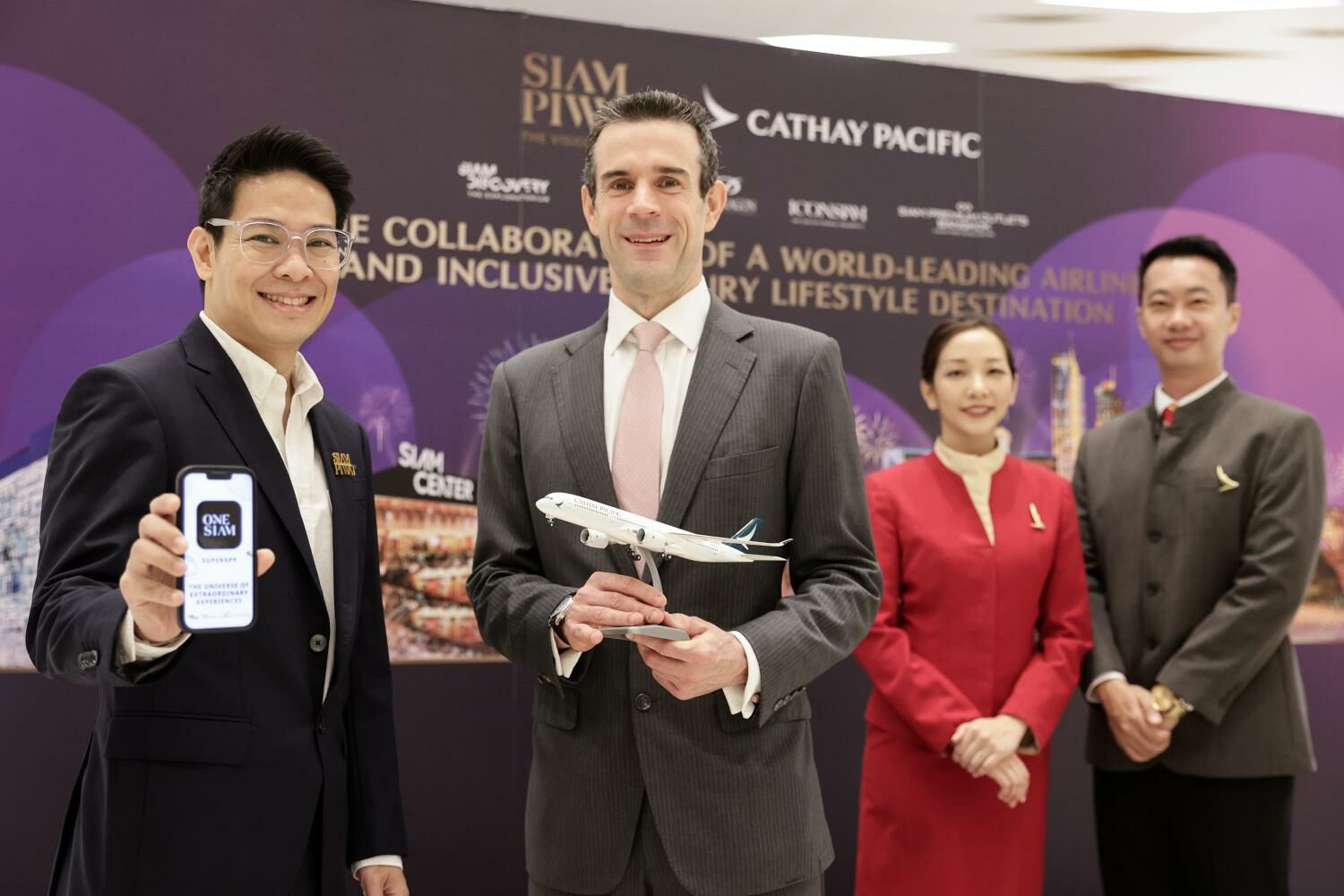Cathay Pacific highlights Bangkok’s crucial role in aviation recovery

Southeast Asia, particularly Bangkok, is showing promising signs of growth in terms of flight traffic, according to Cathay Pacific, which has ranked the Thai capital as one of its stronger-performing flight routes. Post-Hong Kong’s reopening, Cathay has reported a steady ascent, keeping pace with global passenger traffic.
One of the airline’s senior executives, Dominic Perret, highlighted Thailand as a key player in the recovery of the Asian sector. To further substantiate this point, in May, the company reported a 53% rise in recovery compared to numbers from 2019. Interestingly, flights from Hong Kong to Bangkok, Singapore and Manila are presenting the strongest growth amongst Cathay Pacific’s Southeast Asia portfolio, which comprises 13 destinations.
Perret also emphasised the reciprocal tourism between Thailand and Hong Kong. The former holds considerable allure for Hongkongers and foreigners alike, while Thai tourists show an equal fondness for Hong Kong and Japan. As things stand currently, Cathay Pacific operates five to six daily flights between Hong Kong and Bangkok, a reduced number from the nine it conducted pre-Covid times. The aspiration is to ramp up to at least seven daily flights by early 2024.
Adding to the strategic edge, the airline operates one to two daily flights utilizing Airbus A330s that offer more capacity compared to the A321neos used previously. Similarly, for the Bangkok flights, the deployment of wide-body jets like the A350-900s and Boeing777s has garnered an impressive 90% load factor recorded in May, expected to persist through July and August, reported Bangkok Post.
Cathay has now resumed service to all its destinations, bar Myanmar’s Yangon, while growth continues unabated in its efforts to match the flight capacity to 2019 levels. Aiming for a 70% recovery rate for global flights by the year’s end, a full recovery is projected for next year. Key to this upward trend remains a strong recovery in tourism and the overall economy in their aviation hub, Hong Kong.
Perret also revealed that the three-runway system at Hong Kong International Airport is slated to commence full-scale operations next year, and the previous shortage of ground personnel across Southeast Asia’s airports has already dissipated. The airline also recently entered a conversion scheme partnership with Siam Piwat’s loyalty programme, linking Asia Miles with Siam Piwat’s VIZ coins, devised to attract more tourists to Thailand.
Barring risks of a global recession and inflation, Cathay anticipates continued growth, buoyed by high demand from leisure tourists, families, and business travellers alike.
Pairing this with an effective hedging strategy to monitor fuel expenses, the company projects profitability that ranges between HK$4 billion (US$512,960,880) and HK$4.5 billion (US$577,183,500 ) for the first half, following the HK$33.7 billion (US$4,322,362,000) losses recorded during the pandemic’s three years.
The group currently holds 222 aircraft in its fleet, with an additional 48 slated to be added by 2028, and 11 expected to be delivered within the year.
Latest Thailand News
Follow The Thaiger on Google News:


























